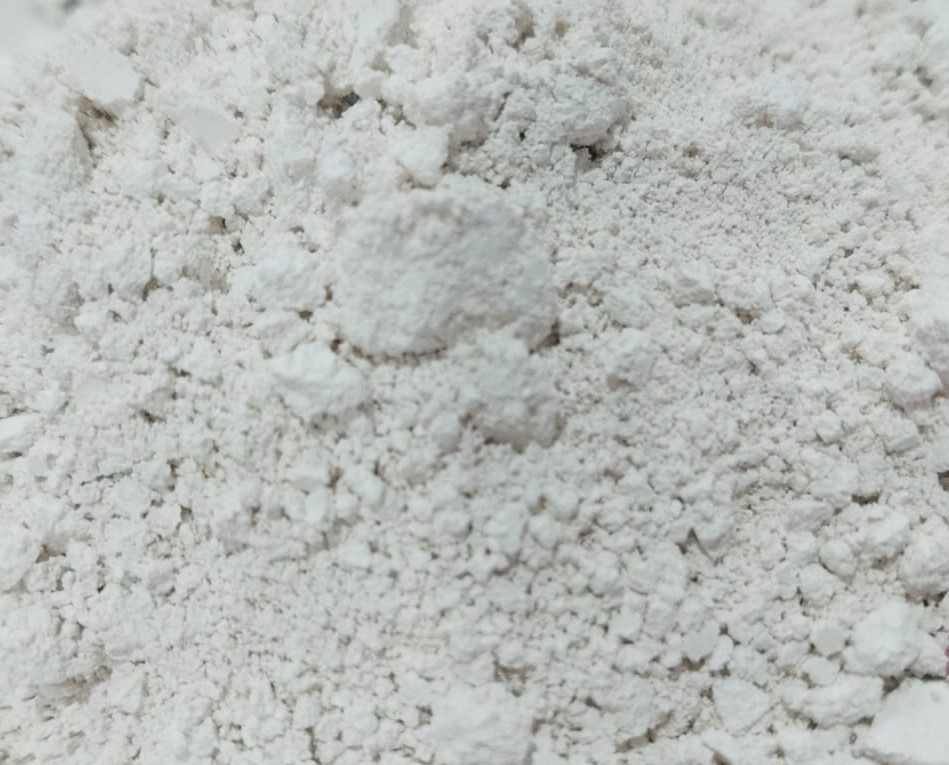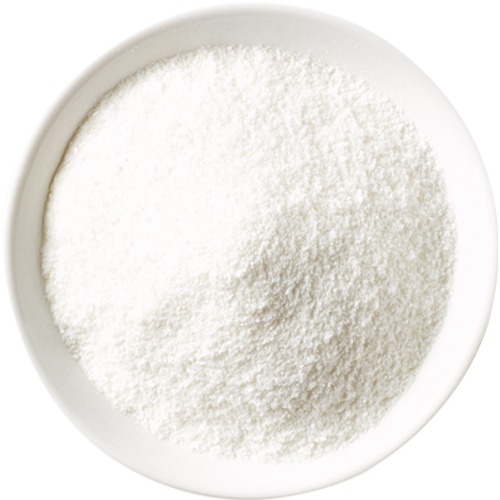- Home
- Cocamido propyl Betaine (CAPB)


Cocamido propyl Betaine (CAPB)
₹59 - ₹826 (MRP) Inclusive of all taxes
- CATEGORIES: SPECIALTY PRODUCTS, Surfactants
- LITER :
-
ADDITIONAL INFORMATION
Form - Liquid
Measuring Unit - Kg
-
DESCRIPTION
Cocamido propyl Betaine (CAPB) Manufacturer in Istanbul - Shop Now
Cocamidopropyl Betaine (CAPB) is a popular amphoteric surfactant widely used in the cosmetics industry for its excellent cleansing and foaming properties. Derived from coconut oil, CAPB is valued for its mildness, compatibility with other ingredients, and ability to produce luxurious lather in cosmetic formulations. This note aims to explore its manufacturing process, benefits, features, and common uses in cosmetics.
Manufacturing Process: Cocamidopropyl Betaine is produced through the chemical reaction between coconut oil or fatty acids derived from coconut oil and dimethylaminopropylamine. This process results in the formation of a surfactant molecule with both hydrophilic (water-attracting) and hydrophobic (oil-attracting) properties. After purification and concentration, CAPB is obtained as a clear, viscous liquid, ready for use in cosmetic formulations.
Benefits:
-
Gentle Cleansing: CAPB is known for its mild cleansing action, effectively removing dirt, oil, and impurities from the skin and hair without causing irritation or dryness. It is suitable for all skin types, including sensitive and delicate skin.
-
Rich Foaming: CAPB produces abundant lather and foam in cosmetic formulations, imparting a luxurious and indulgent cleansing experience. It enhances the sensory appeal of products and provides a satisfying cleansing effect.
-
Compatibility: CAPB is compatible with a wide range of cosmetic ingredients, including anionic, cationic, and nonionic surfactants, as well as conditioning agents, thickeners, and preservatives. It can be easily incorporated into various formulations without causing destabilization or compatibility issues.
-
Skin Conditioning: CAPB has mild conditioning properties that leave the skin and hair feeling soft, smooth, and moisturized after cleansing. It helps maintain the natural moisture balance of the skin and prevents post-cleansing tightness or dryness.
Features:
-
Amphoteric Surfactant: CAPB is classified as an amphoteric surfactant, meaning it can function as both a cationic and anionic surfactant depending on the pH of the formulation. This versatility allows it to contribute to the stability and performance of a wide range of cosmetic products.
-
Biodegradability: CAPB is biodegradable and environmentally friendly, making it a preferred choice for formulators seeking sustainable and eco-conscious ingredients. It breaks down readily in water and poses minimal risk to aquatic ecosystems.
-
Stability: CAPB exhibits good stability in cosmetic formulations, resisting degradation due to factors such as temperature variations, pH fluctuations, and exposure to light and air. This ensures the integrity and shelf life of products containing CAPB.
-
Versatility: CAPB can be used in various cosmetic formulations, including shampoos, body washes, facial cleansers, hand soaps, and baby care products. It contributes to the overall performance and sensory experience of these products, enhancing their effectiveness and user satisfaction.
Common Uses (% Concentration):
-
Shampoos and Body Washes: CAPB is typically used in shampoos and body washes at concentrations ranging from 10% to 30%, depending on the desired cleansing and foaming properties.
-
Facial Cleansers: In facial cleansers and gentle cleansers, CAPB may be included at concentrations of 5% to 15% to provide effective yet mild cleansing without stripping the skin of its natural oils.
-
Hand Soaps and Baby Care Products: CAPB can be found in hand soaps and baby care products at concentrations of 10% to 20%, delivering gentle yet thorough cleansing while maintaining skin softness and hydration.
-
-
REVIEWS (0)
Reviews










